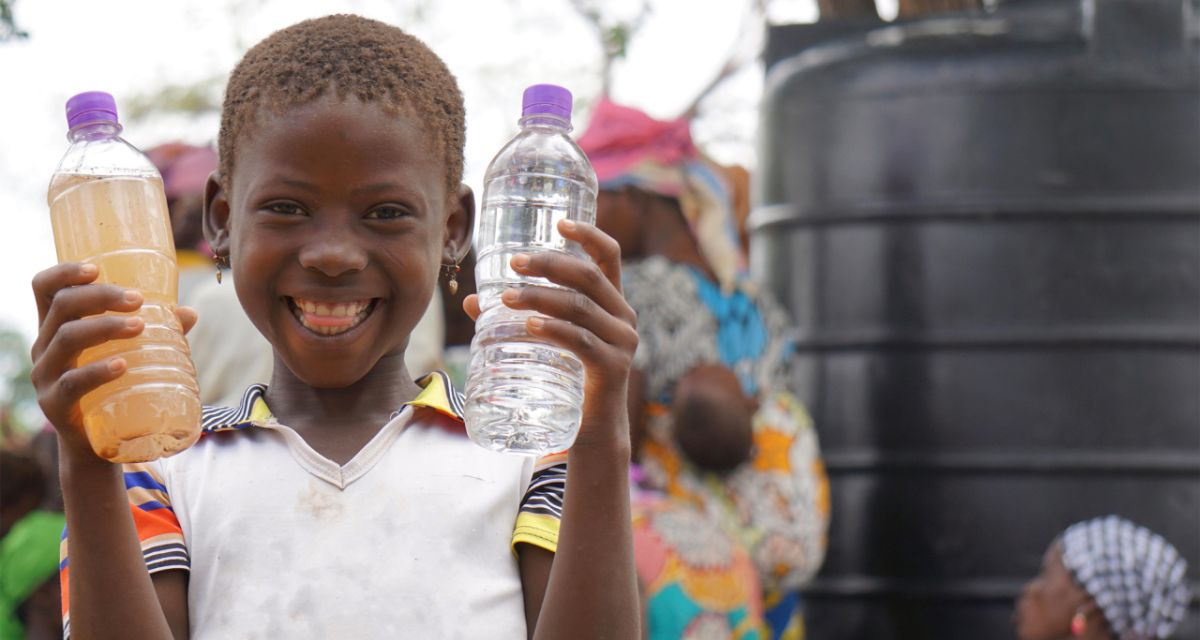The health of our nation - Protecting our water

Put simply, backflow prevention is in place to prevent contamination of our potable water supplies. Although this sounds simple, it is a very important process in keeping our potable water supplies clean and drinkable for the long term.
What is backflow? Backflow is the undesirable reverse flow of water. It can be caused by back pressure or back siphonage within a water supply system. Several things can cause this to happen within a plumbing system and they can have serious adverse effects on the quality and continuity of the potable water supply.
Have you ever wondered why only bottled drinking water is recommended for human consumption in many developing nations? There are many reasons, but one very important reason is the lack of knowledge, funding, and equipment to keep the water from becoming contaminated through backflow prevention.
Here in Australia, water services must be designed and installed to operate in a way that avoids the likelihood of contamination of any part of the drinking water supply. This is to minimise any potential adverse impact on building occupants, the network utility infrastructure, property and the environment.
The simplest form of backflow prevention is the “Air gap”. This is found in everyday situations around your home and is the unobstructed vertical space between the water or tap outlet and the flood level of the fixture. This is backflow prevention in action in its purest form.
Many appliances and equipment that create different levels of hazards within manufacturing, medical, laboratories, industrial, cooking, and industry use water that will need direct protection to separate them from the potable water supply. A backflow prevention device will need to be used to protect the potable water supply from contamination. The hazard rating of the potential contamination will determine the type of valve that will be required for the installation. Generally speaking, a low hazard will require a dual check valve, a medium hazard will require a double check valve and a high hazard will utilise an RPZ valve (Reduced Pressure Zone) to protect the system. There are also other types of valves can be installed depending on the situation and type of hazard. The valves are separated into 3 differing zones for protection. Individual valves protect individual hazards, zone valves are utilised to protect a specific zone from potential hazards rather than having multiple valves on each piece of equipment. Containment protection valves are in place to protect an entire site from the network utility pipework, generally installed at the boundary of a site.
Once the medium or high hazard valve is installed and commissioned, it is lodged electronically within the OTR (Office of the Technical Regulator) database and is effectively an encumbrance on the property, until the hazard is removed. Each year the valve requires testing with a specific, calibrated differential pressure gauge to ensure the integrity of the valve is upheld, thus protecting the potable water supply.
We hope we have helped clarify what is backflow prevention and why it is so important. As Plumbers, we are passionate about why we do it. The health and safety of our communities is always at the front of our mind.
For more information, please call us on 8367 8383 or email
Share this article
TAP 09 special edition is available for download now
Subscribe below and get a curated guide to the most important and interesting news, tips, and exclusive offers sent straight to your inbox with our weekly Brown & Son Adelaide Pipeline monthly edition
